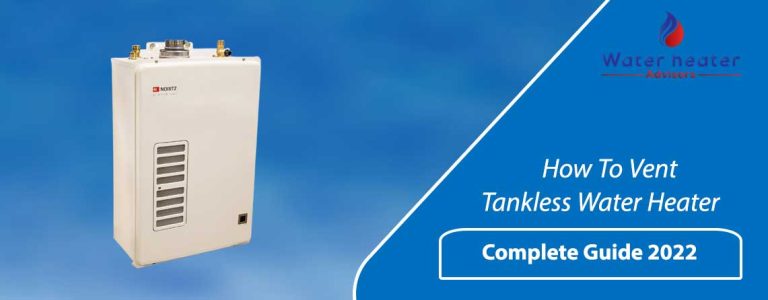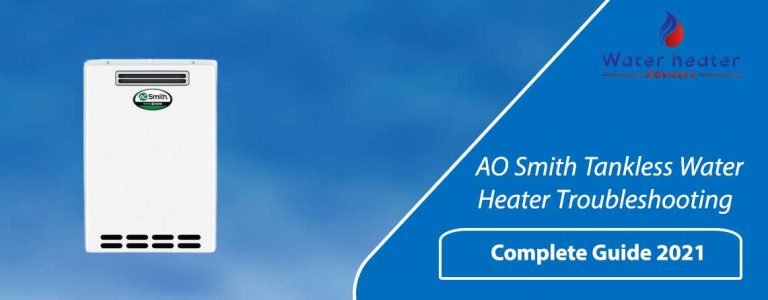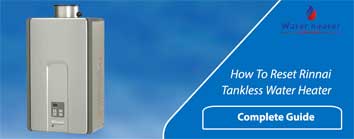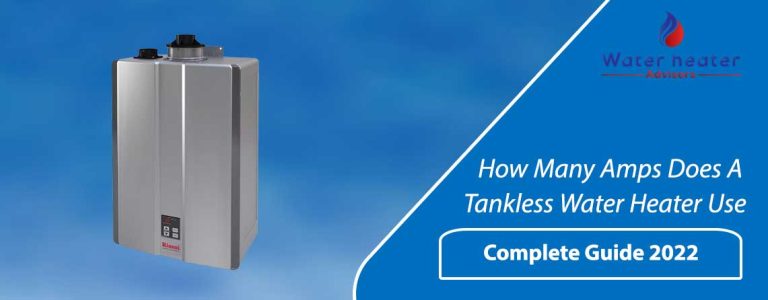An Ultimate Guide On Installation Of Tankless Water Heater 2021
For many individuals, running out of hot water while taking a Roman bath or washing clothes is regularly happening. In this hi-tech era, it should be the tale of the past. It would be best if you did not have to feel anxious about warm water unexpectedly running cold when you have special guests visiting.
Installation Of Tankless Water Heater
The installation of a Tankless water heater is an ultimate solution to this problem. These units are intended to provide you an uninterrupted and continuous supply of hot water. When you open the tap, it promptly heats the water, so there’s no need to wait for long hours to enjoy a hot shower.
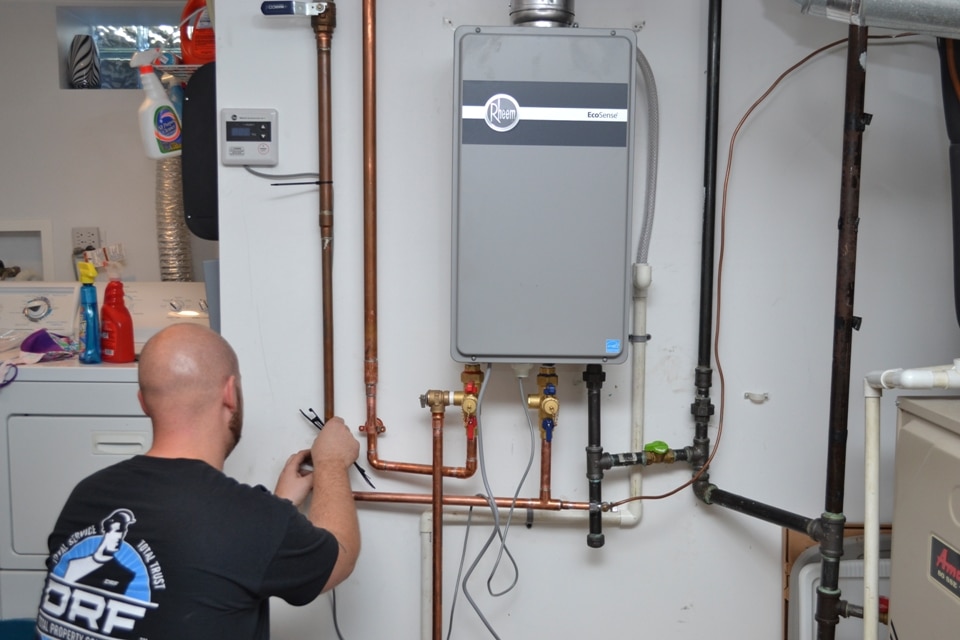
They don’t function 24/7, so you can save your hard-earned dollars on electricity bills. In some cases, they can lower your overall utility expenditures as well.
Suppose you are thinking about switching from a conventional heater to a tankless one. In that case, it’s highly recommended to grab detailed information about its positives and negatives before making a final purchase.
However, if you have already decided to deploy one at your residence, you need to be acquainted with its installation procedure. The correct fitting of the unit can increase its energy efficiency. Proper installation of a tankless water heater is reliant on various factors:
- Local building codes
- Climate
- Fuel type
- Safety issues, especially for gas-powered heaters
Therefore, it is better to employ a licensed and experienced plumber or contractor to install a tankless gas water heater.
Now, you might be wondering if it’s viable to install it on your own? Well, “YES,” it’s certainly possible to deploy it on your own, but you should only do so if you are 100% confident that you can proficiently perform the job, have the right tools, and learn basic knowledge plumbing and electric work.
In this article, we will pen down the details on how to install an electric tankless water heater, select the right location to deploy it, and much more. So, without making you wait any longer, let’s get started.
Tips To Choose An Appropriate Location For The Installation Of Tankless Water Heater
- If there’s hard water in your area, make sure to utilize the water softener; otherwise, be prepared to do frequent flushing of the unit.
- Avoid spaces where gasoline, chemicals, and supplies are kept because they can produce flammable fumes.
- Avoid areas that might contain dirt, grime, and other rubbish, obstructing the air vent, damage the unit, and decrease fan efficiency.
- Please don’t install it in the attic due to safety concerns.
- Mount it in a vast room that provides adequate space for future servicing.
- It can be easily fitted in mobile and manufactured households, but only if certified for this application.
- A unit designed for outdoors must be deployed outside the residence.
- The climate of the region should be mild.
- It is better to keep it in a recess box to shield it from harsh weather conditions.
- Contact the manufacturer before mounting it at a higher elevation than designed.
Important Considerations:
- Water Hardness
If you are residing in an area with hard water, carefully ponder how you will guard your heater against its severe damage. Hard water contains minerals, specifically calcium and magnesium, that can gather inside the unit.
Therefore, it’s advised to install a scale inhibitor system directly into your unit. It will filter out mineral buildup before it enters the heater. It does not only protect it from imminent damages but also keeps it functioning effectively for an extended period.
- Gas Pipeline
If you are going to install a gas-powered unit, it’s essential to read tankless water heater installation instructions. A gas heater requires more energy to operate proficiently, usually around 120,000 to190,000 BTU.
It may be 5 times more than your current heater. You may also have to increase your gas lines’ size from ½ inch to ¾ inch. You may need to appoint the expert service for the assessment and installation of a tankless water heater.
- Venting
If you want your heater to function correctly, it’s compulsory to acquire the right ventilation. It means cautiously considering where it will be positioned because it needs to reach the outer world.
There are tons of diverse choices available to properly vent your unit, including concentric venting and direct venting. If possible, you can also fix it in the outdoors.
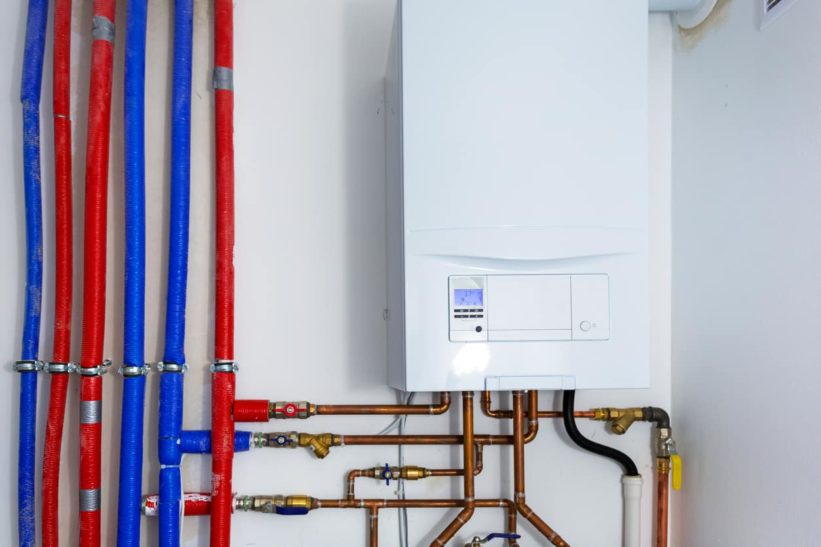
Tankless Water Heater Installation Requirements
Gas Tankless Water Heater Installation Requirements:
Regardless of, which brand’s heater you have selected, it’s critical to read the model’s description. Before starting the installation process, study the model’s description given on the rating plate. Also, recite the instructions given by the manufacturer.
You can grab valuable information about gas type, gas and water pressure, and much more from the rating plate. Ensure the gas type matches the rating plate, and the gas pressure is within the stated range.
Low pressure won’t allow your heater to work appropriately. On the other hand, high pressure can cause severe damages to the unit and your property. You and your family’s life will also be at risk due to higher pressure.
- Deploy a manual gas shutoff valve between the system and gas pipeline.
- Once you finish the gas connection process, the air will be eliminated from the pipelines after some time. Then, use a sponge and soap-water mixture to spot leakages.
- You can rely on the manometer to measure inlet gas pressure.
- There’s no need to make any adjustments if the gas manifold pressure is factory set.
Electric Tankless Water Heater Installation Requirements
- Obtain information about electric code requirements and follow them.
- If you live in the USA or Canada, before starting the installation of a tankless water heater, remember to check the manufacturer’s electrical specifications.
- Your unit must be grounded and also install a remote controller if the brand has not provided it.
- If your system is armed with a freeze protection system, it will require electric power.
Plumbing Requirements To Install Tankless Water Heater DIY
- It would help if you mounted it in an area where leakages won’t damage your residence.
- To safeguard your home from the water damages, it is highly recommended to put a drain pan underneath the tankless heater.
- Before fixing it, it is necessary to flush it and remove all the air from the pipelines.
- It’s imperative to deploy a pressure or safety relief valve with a water discharge pipe.
- Typically, the warm water temperatures of many heaters are default set to 120 F.
- Don’t make a mistake of fitting the unit in an area where chemically treated water is utilized, such as spas and swimming pools.
- It is advised to install a manual shutoff valve between the tankless unit and the cold water pipeline.
- If the water heater is the closed-loop system, the thermal expansion tank should be installed.
- Hot outlet and cold inlet connections should not be reserved.
- You should know about the minimum water flow rate or pressure for proper water heating.
Venting Requirements For The Installation Of Tankless Water Heater
- The heater should be fixed as close as possible to the exhausting area.
- Mount it in a space where it can acquire adequate fresh air for the exhaust or stack gas vapors’ proper combustion and ventilation.
- Always utilize the suggested material and vent size without making any modifications in diameter.
- There should be sufficient space for future water heater maintenance.
- Use an easily detachable venting pipe and make sure it is used only for the water heater.
- The length of the vent pipe should not be too long. Many manufacturers specify the maximum vent length; you should always consider it.
- The end of the vent should not be obstructed.
- If you want to vent the tankless heater through the roof, put a rain cap over it.
- You must seal the venting system to avoid leakages.
- Your exhaust vent should not point to an opening in the house or apartment, such as a window or door.
- There must be a reasonable distance between the warm water heating system and the nearby items.
Tools Required To Install Tankless Water Heater DIY
- Adjustable wrenches
- Hacksaw
- Reciprocating saw
- Propane torch
- Drill
- Wire cutters
- Level
- Teflon tape
- Pipe wrench
- Screwdrivers

Follow These Steps For The Installation Of Tankless Water Heater:
Remove The Existing Water Heater
The primary step of installing a tankless water heater is to remove the existing conventional heater. Initially, shut off the main water supply to your residence and disconnect the current system from the supply line. Some water will be left in the pipeline so that you can put a bucket, towel, or newspaper under it.
Now, it’s time to detach the unit from the heat source. If it’s an electric heater, unplug it from its outlet. However, if it’s a gas heater, turn off the gas supply valve.
Once you have entirely separated your old unit from all-electric or gas and water supply lines, you can now physically take it off. If you want to dispose of it, make sure to obtain information about your local laws and regulations.
Measuring And Cutting
First of all, decide where you want to mount the heater because some states have laws about where the hot water units need to be deployed. It’s compulsory to check them before installing the system. If you want, you can also get in touch with a professional to know about the state regulations.
After that, carefully calculate the distance to the power and plumbing connections and ensure they reach. Now, cut and trim the pipes as required to fit into the new tankless heater effortlessly.
Make Holes Using A Drill
After taking measurements and cutting the pipes, you have to make holes for the venting system using a drill machine. It’s mandatory to install the venting system according to the manufacturer’s directions; otherwise, your water system won’t work proficiently.
It can also become the most significant safety hazard for your property, yourself, and your family members. You can consult a specialist or tankless water heater installation diagram before moving forward.
Install The Tankless Heater
After completing all of the diverse preparation phases successfully, it’s the right time to mount your new tankless water heating system. Before fixing it on the wall, read and follow the manufacturer’s directions cautiously.
After mounting, make sure it is supported and attached to the wall. Now, first, secure the cold-water pipelines and then connect hot water supply pipes. Heat or power source and pipes into the venting system should also be connected up.
Check Water Flow Rate And Temperature
Congratulations, you have successfully finished the installation of a tankless water heater. Lastly, you have to test the full system to confirm it is operating entirely. Turn on the power and run cold water through the heating unit.
Wait for a few minutes, and you should be obtaining a constant stream of warm water. Check around your house or apartment to ensure the water supply and temperature are functioning correctly. After that, inspect the heater itself to confirm there are no leakages.
Conclusion:
A tankless water heating system provides countless benefits to the homeowners. Having prompt never-ending hot water is essential for you and your family to survive in a colder climate.
After all, nobody wants to take a shower with cold water in winter. Unquestionably, on-demand water units are expensive, but they can bring comfort and warmth into your life.
Deploying a tankless system is one of the most challenging DIY jobs in the world. There are tons of preparation steps that you have to complete before actually mounting the unit at your desired space.


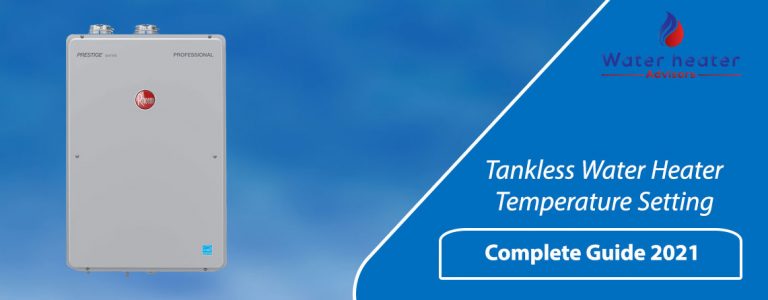
![How To Clean Sediment From Water Lines? [6 Productive Ways]](https://waterheateradvisors.com/wp-content/uploads/2021/10/How-To-Clean-Sediment-From-Water-Lines-768x300.jpg)
